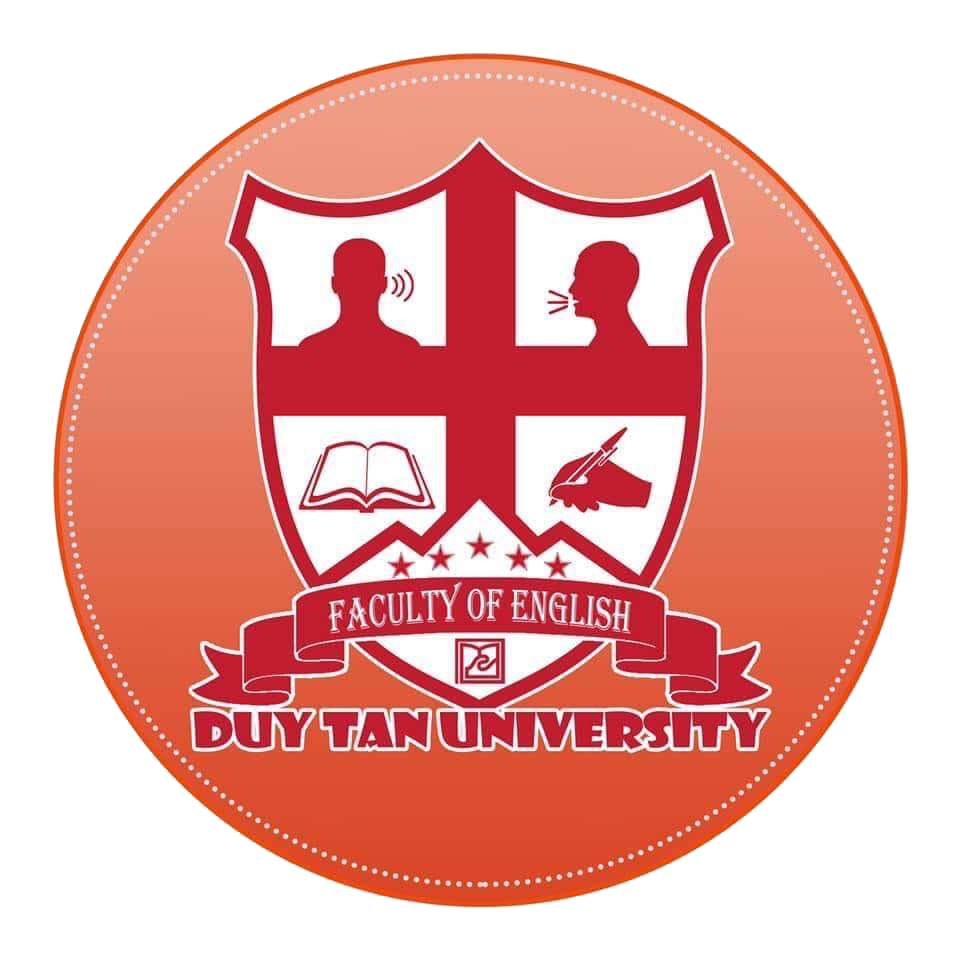'Penguins' and the Dreaming Arm
A research group of five young members from the Center for Electrical and Electronic Engineering (CEE) of Duy Tan University (Da Nang) has established a project called "The Dreaming Arm" to help children with disabilities and those who are disadvantaged in life.
After five months of diligent research and testing, this humane project has produced its first sweet fruit to present to two students in Quang Nam province with great joy.
Connecting the "dreaming arm"
Although the movements were still awkward, seeing her son holding a glass of water to offer her, Mrs. Nguyen Thi Ngoc Dao's face (Ai Nghia town, Dai Loc district, Quang Nam province) was filled with joy. The mother's eyes followed her son's hands holding a glass of water on each side. Phan Trong Hieu, Mrs. Dao's son, was making the movements of mixing the water back and forth to cool it down before giving it to his mother.
“I am very happy. Especially when the arm has helped Hieu become more active. The arm is still too new for him so I don’t dare to expect much, as long as he can do small personal tasks to erase his inferiority complex, then I am satisfied. Recently, he opened the cabinet to get his books and put them in his bag to go to school without any help from his sisters,” said Mrs. Dao while stroking the prosthetic arm that Hieu was wearing.
The prosthetic arm was a gift that the research team from Duy Tan University (Da Nang) gave to Hieu (an 8th grade student at Nguyen Trai Secondary School) not long ago. Things that seemed too simple like pouring water and holding books used to be a source of anxiety for Mrs. Dao and her husband for the past four years when they witnessed their son being partially disabled, but they could not help much.
She said that even though he was still young, Hieu knew how to help his parents with many tasks such as cutting grass and herding cows. Once, when he and two friends were herding cows, a cluster bomb exploded. That terrible accident took away most of Hieu's right arm and part of his left arm.
For a long time after that, the pain turned Hieu into a different person: shy, rarely communicating with people. But he still longed to go to school, to find letters! So this "penguin" had to take a water pipe, punch a hole and then poke the pen tip into the notebook.
Ms. Le Thi Thanh Thao, a member of the "Dream Arm" creation team, said she read an article about him while participating in an exchange at a college in the United States. And then when she learned that this school also had a research center for artificial limbs for the disabled, Ms. Thao immediately "made connections" to establish the idea and then brought it back to Vietnam.
And over the years, the sweet fruit of this good intention has been completed by her and her colleagues. Hieu and another student, Tran Dang Khoa (6th grade student at Nguyen Hue Secondary School, Dai Loc District) were given a pair of precious arms as they wished.
Cheap products for everyone
Having guided students to participate in the Vietnam robot creation contest many times, MSc. Dang Ngoc Sy - deputy director of CEE, head of the research team - said that this project is not necessarily too difficult. But the difficulty is "it must be cheap to reach everyone". Because artificial limbs are not a new invention, but in Vietnam, users are still very limited because the price is not reasonable.
"To make it cheap, we must first master the technology, find the necessary materials such as plastic wire, non-stretch zipper, moisture-absorbing lining material, high-strength adhesive wire... Especially, each detail such as fingers, hands, forearms and joints, tendons of the hand must have parameters that are reasonably calculated based on measurements on the remaining part of the students' hands" - MSc. Sy said.
To create realistic hands with high precision, the team has created 3D printers of plastic materials using the melting method to process the details. Dinh Huu Quang, a member of the group, said that 3D printing each part takes 6-15 hours.
However, in many cases, the parts have to be tested and printed many times to calculate the force and structure suitable for the length of the disabled arm of the children. In Hieu's case, it is not a congenital defect, the remaining parts on the left and right arms are completely different, so no detail is the same, and must be edited many times.
After two adjustments, the group was temporarily satisfied with the arm version that was just installed on Hieu and Khoa because of its compactness and suitability. After many experiments, the children were able to perform movements such as holding, drinking water or riding a bicycle. Hieu said that because his arm muscles were just getting used to the new body part, he could not move at the desired speed. However, Hieu was very happy to be able to do personal hygiene himself, not bothering his family, but he expressed "I want to be more beautiful like the hero Superman in the movie".
Arms will be launched on the market for 300,000 - 500,000 VND
According to Master Dang Ngoc Sy, the group's target audience is children aged 10-25. When interacting with children in puberty, he realized that one of the important things is to create confidence and comfort for them.
Therefore, in the next versions, the group will improve the product according to aesthetic criteria, eye-catching colors, and at the same time be more compact.
"We are building a strategy to launch compact products on the market, priced at 300,000 - 500,000 VND for an arm, suitable and creating excitement for children when using it" - he said.

